Whether you’re in the suburbs, the country, or even an apartment, starting a garden can be a fulfilling and rewarding experience. But where do you begin? How To Start A Garden?
In a recent YouTube video, the host walks through the steps of starting a garden, offering tips and tricks for both new and seasoned gardeners. From finding the best spot for your garden to choosing the right crops to grow, this post covers all the basics of Gardening 101. So, if you’re ready to start greening up your space and growing your own food, sit back, relax, and let’s learn how to start a garden.
How To Choose the Perfect Location for Your First Garden
When it comes to choosing the perfect location for your first garden, it’s important to pay attention to the amount of sunlight in your yard. Most crops grow well in full sun, so you’ll want to pick a spot with plenty of sunshine. Various apps can help you track the path of the sun during different times of the year, which can be really helpful when planning your garden. By knowing where the sun will be in your yard, you’ll be able to choose a location that will receive the best amount of sunlight for your plants.
Once you’ve found the perfect spot for your garden, the next step is to decide what to grow. While trying out every seed in the store can be tempting, focusing on growing things you and your family will eat is important. Pay attention to what you use most often in your meals and try to grow those foods. If you eat a lot of salad, grow a lot of greens. If you use a lot of tomatoes, grow plenty of tomatoes. The key is to grow things that you will use so that you don’t end up with a bunch of produce you don’t know what to do with.
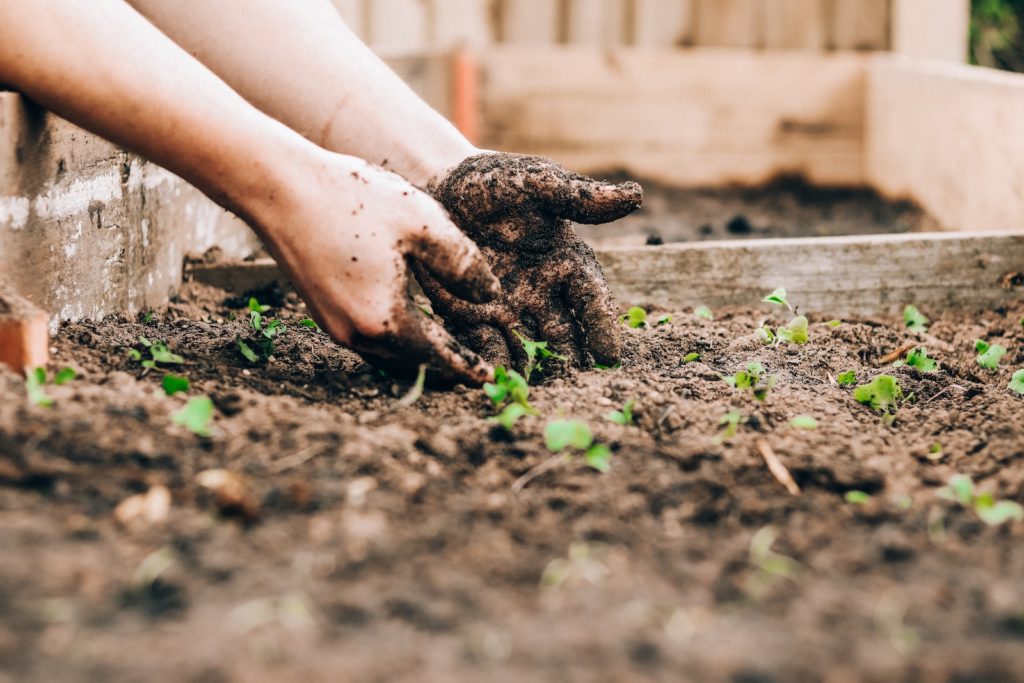
The Essential Vegetables: What to Grow in Your First Garden
When choosing what to grow in your first garden, seeing all the options available can be overwhelming. However, focusing on the essential vegetables you and your family eat is important. This will ensure that your hard work in planting and caring for your garden will result in a bountiful harvest that you can actually enjoy.
Some essential vegetables to consider growing in your first garden include tomatoes, cucumbers, lettuce, carrots, and peppers. These vegetables are versatile, easy to grow, and can be used in a variety of different recipes. Additionally, they are all relatively low maintenance, making them a great choice for beginner gardeners. With these essential vegetables in your garden, you’ll be able to enjoy the fruits of your labor throughout the growing season and beyond.
To further narrow your selection, consider which vegetables you can preserve. This is a great way to make the most out of your harvest and to enjoy your homegrown vegetables even when they are out of season. For example, tomatoes can easily be turned into a delicious homemade pasta sauce or canned diced tomatoes. By focusing on essential vegetables that you can both enjoy fresh and preserve, you’ll be able to make the most out of your first garden experience.
From Seedlings to Salad Bowls: Tips for Beginner Gardeners
When it comes to starting your own garden, finding the right location is key. Take note of where you get the most sunlight in your yard, as most crops thrive in full sun. You can use various apps to track the path of the sun during different times of the year. This helps you to determine the best location to get the most sunlight. Once you have found the ideal spot, you can start to plan what to plant.
Before selecting your plant varieties, it’s important to consider what you and your family consume most and what can be preserved for later use. While trying new things is okay, focus on the core items, such as salad greens and tomatoes, you will use. There’s little satisfaction in planting a garden, investing time and energy in weeding and taking care of it, only to realize later that you don’t enjoy the fruit of your labor. By focusing on what you eat, you are also more likely to enjoy the process of gardening.
Maintaining Your Green Thumb: Simple Steps to Keep Your Garden Thriving
When you have established your garden, it is essential to maintain it to keep it thriving. Here are some simple steps to keep your garden at its best:
- Watering – Water is crucial for the survival of plants, and it is essential to water your garden regularly. Depending on your plant type, you may need to water your garden daily or every two days. Pay attention to the soil and ensure that it is moist but not waterlogged. Make sure to water the plants in the morning or evening when the temperature is low, and avoid watering during the day when the sun is high.
- Pruning is necessary to keep your garden healthy and in good shape. It involves trimming away dead or diseased branches and shaping the plant to encourage new growth. Proper pruning can also improve the overall appearance of your plants and increase the yield of fruits and vegetables. It is recommended to prune your garden at least once a year during the dormant season. Use sterile pruning shears to avoid spreading infections, and make clean cuts close to the base of the branch.
By following these simple steps, you can maintain your green thumb and have a thriving garden all year round. Remember to pay attention to your plants’ needs and adjust your maintenance routine accordingly. With a little love and care, your garden will reward you with beautiful flowers, delicious fruits, and vegetables.
How To Start A Garden Conclusion
Starting a garden can seem daunting, but anyone can do it with a little planning and patience. Remember to pay attention to where you get the most sunlight in your yard, choose plants that you and your family use the most, and use technology to help you plan and track your garden’s progress. Gardening is not only a great way to grow your own food, but it is also a rewarding hobby that can benefit your mental and physical health. So, put on your gardening gloves, grab some seeds, and get ready to watch your garden flourish!
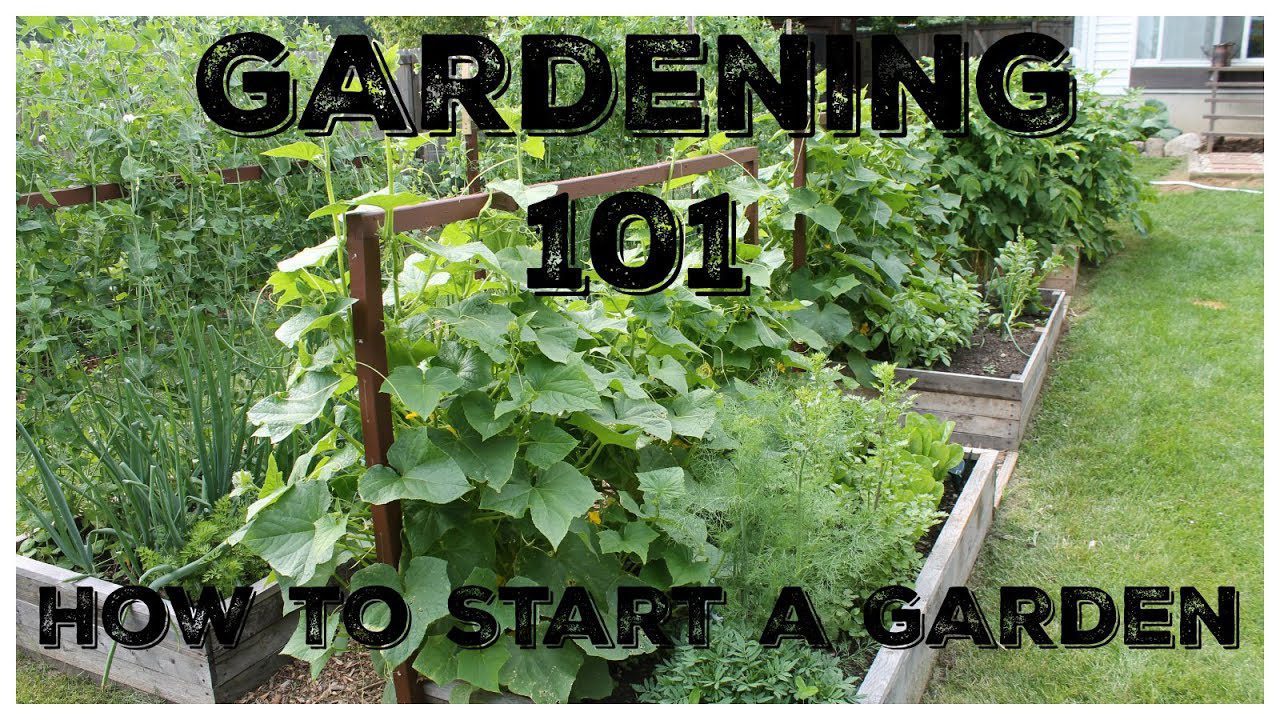
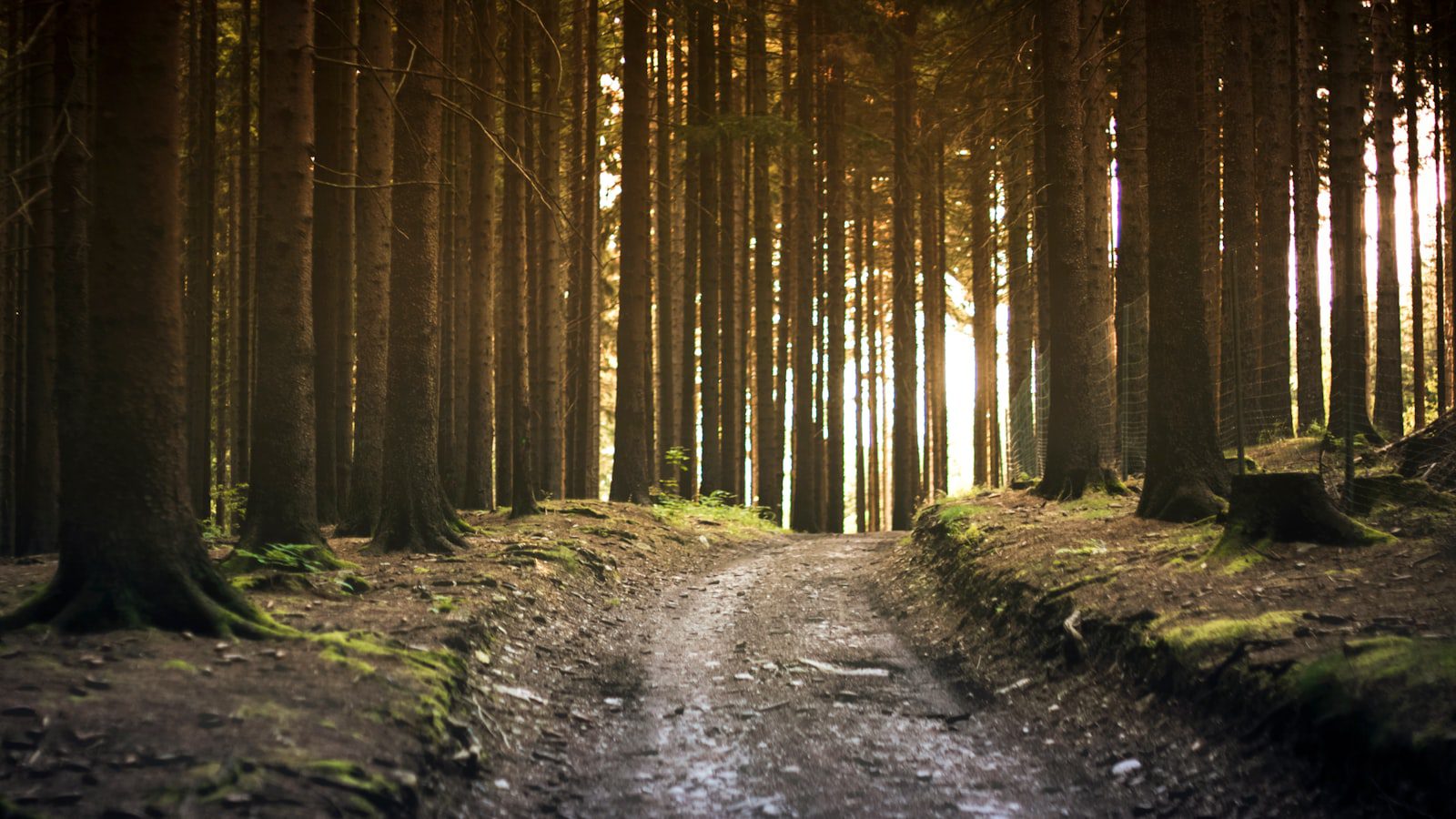
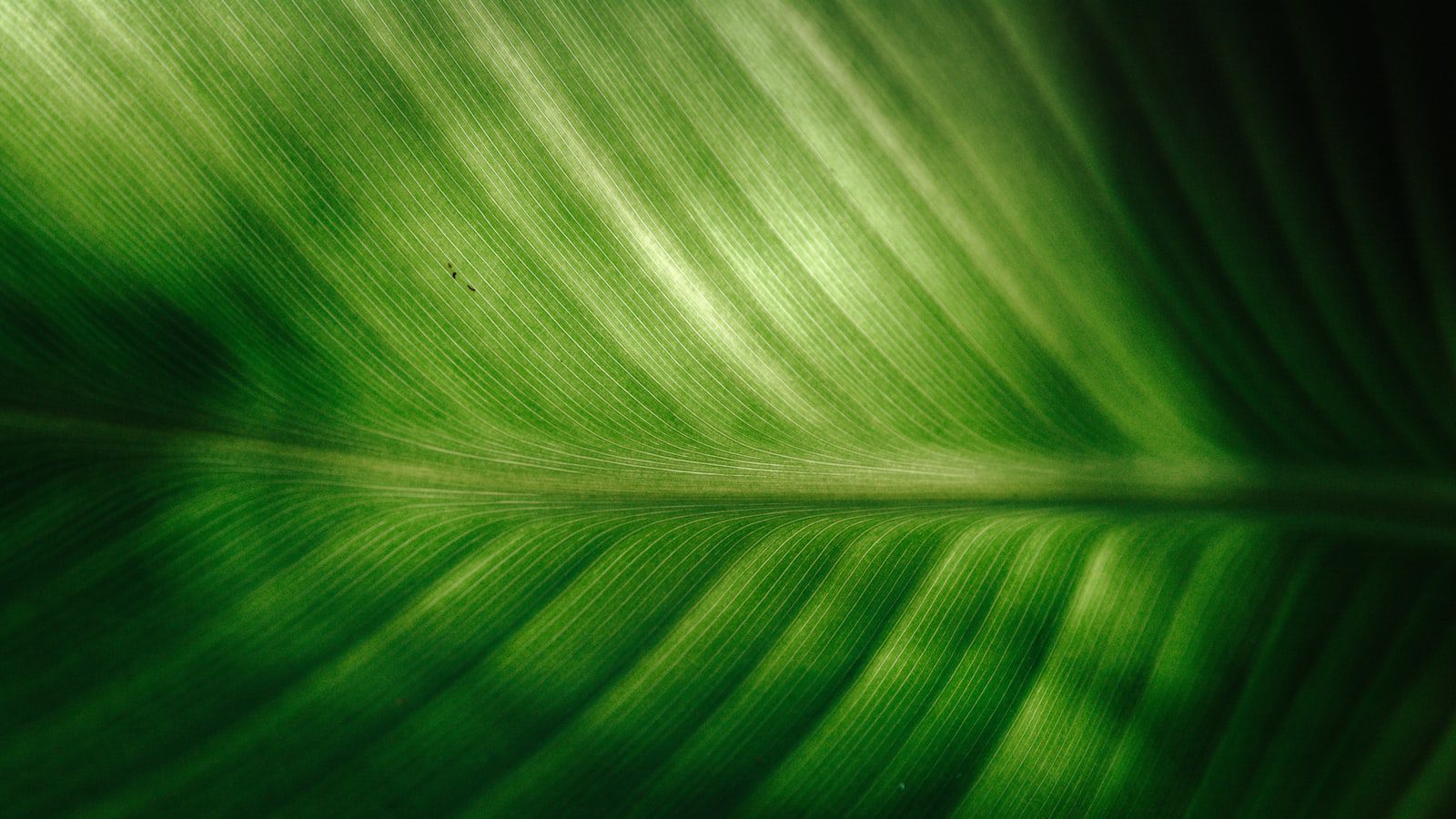
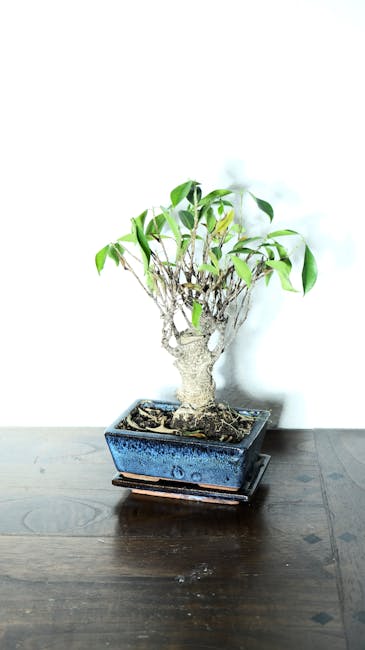
2 thoughts on “Gardening 101: How To Start A Garden”
Comments are closed.